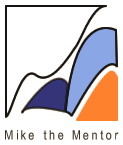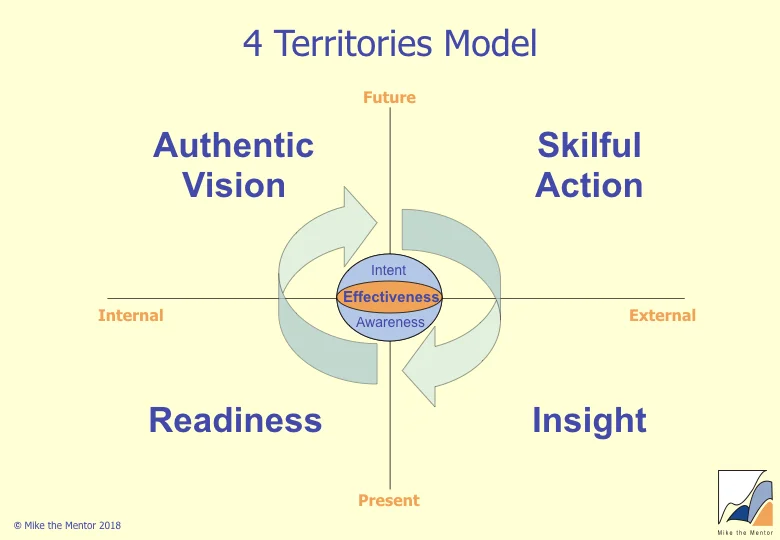The GROW Model
/The GROW Model is deservedly one of the best known and widely used coaching models. It provides a simple yet powerful framework for navigating a route through a coaching session, as well as providing a means of finding your way when lost.
It is described in a number of coaching books, including John Whitmore's excellent book Coaching For Performance: Growing People, Performance and Purpose. GROW is an acronym for Goal, current Reality, Options and Will and/or Wrap-up which are seen as the four key elements of a coaching session.
The GROW Model is described here as it applies to an individual session but part of its strength is that it can equally well be applied to a part of a session, or to series of sessions. In each case, the principle is the same.
Firstly, a session must have a Goal or outcome to be achieved. The goal should be as specific as possible and it must be possible to measure whether it has been achieved. So, having identified the goal, questions like "How will you know that you have achieved that goal?" are useful here.
As well as knowing where you are trying to get to, you need to know where you are starting from - the Current Reality. It is surprising how often this is the key part of a coaching session and that by just seeing clearly the situation (rather than what was thought or imagined to be the situation), the resolution becomes obvious and straightforward.
Once you know where you are and where you want to go, the next step is to explore what Options you have for getting there. A useful metaphor for GROW is a map: once you know where you are going (the goal) and where you are (current reality), you can explore possible ways of making the journey (options) and choose the best.
But this in itself is not enough - you must also have the motivation or Will to make the journey. The "W" is often taken to stand for a number of other elements of a session, all of which are important. Myles Downey in his book Effective Modern Coaching suggests it stands for "Wrap-up"; others have it standing for What, Where, Why, When and How. But whatever is emphasised, the desired outcome from this stage is a commitment to action.
The GROW process has been presented sequentially here. In practice, it is a much less linear process which may start anywhere and revisit each of the stages several times. Often when I have lost my way in a session or got stuck, I turn to The GROW Model to check out where I need to put my attention.

